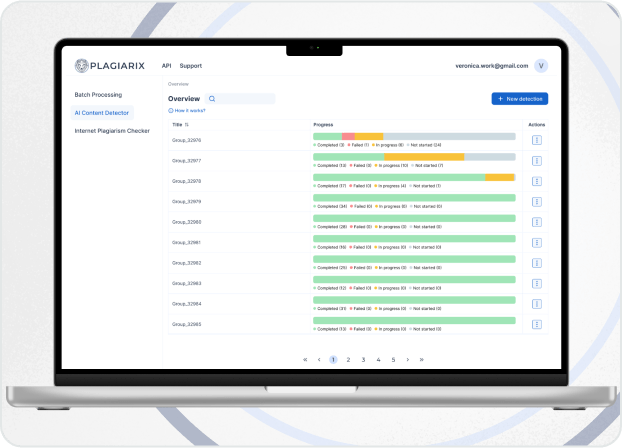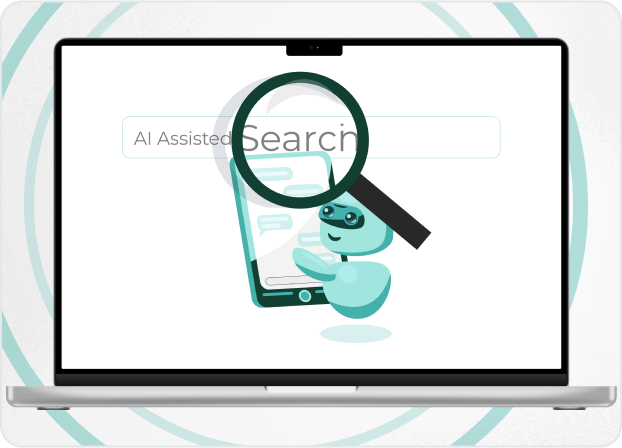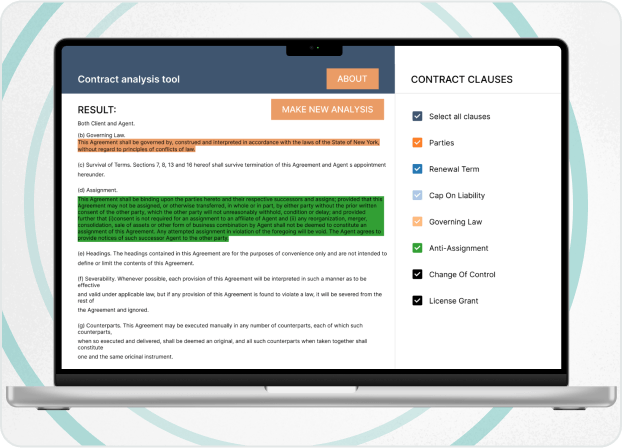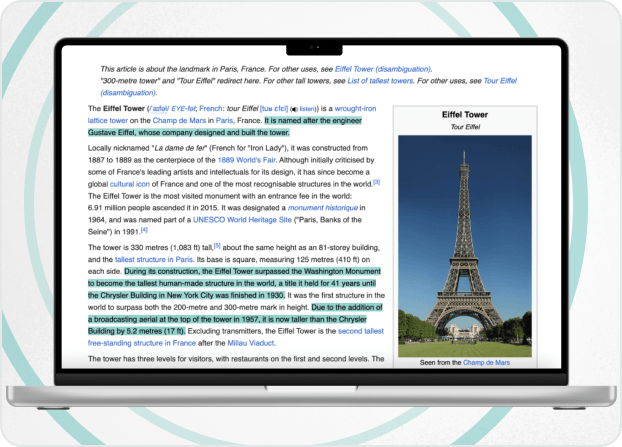
Author’s Thoughts

"Nikolai Karelin highlights the importance of efficient document processing for decision-making and workflow optimization and on how AI-powered document analysis is revolutionizing data handling by various organizations. The blog post explores various approaches and emphasizes the role of AI technologies like layout analysis and NLP in automating and enhancing document examination, classification, and summarization."
Nikolai Karelin
Properly organized, thorough and efficient document analysis is essential for organizations. Costs and strategies planning, decision making and workflow optimization – all these tasks can be solved with the help of intelligent document processing.
What if we say that most of the businesses still don’t comprehend the essence of document analysis which prevents them from getting desirable outcomes?
This article will explain the necessity of efficient document analysis and show how to use explicit AI technologies and methods to get comprehensive results from document processing.
What is Document Analysis?
Document Analysis is the process of manual or automated document examination.
Its purpose is to identify document type, intention and contents through understanding its structure, context and writing details.
Why is it necessary? To properly classify the document on its type, purpose or insights.
Why is classification essential? To facilitate work with multiple document types and speed up the processing of data contained in a particular document with the perspective of further decision making or analysis.
In other words, document analysis helps to understand why the document is useful and what must be done with the information contained in it.
Different Approaches in Document Analysis
First, it’s necessary to understand that there are several ways of analyzing documents and there’re commonly used in a combination.
- Lexical Analysis
- Syntactic Analysis
- Semantic Analysis
- Pragmatic Analysis
- Discourse Analysis
- Comparative Analysis
As each of the approaches covers certain tasks and is responsible for specific sides of working with texts, advanced document analysis implies a combination of all the following approaches, as it allows to achieve the most accurate results.
How is AI Used in Document Analysis?
Unfortunately, many businesses and organizations still perform manual document analysis, which often requires hours of valuable specialists' work and takes valuable resources.
Back in August 2023 McKinsey & Company presented a report "The state of AI in 2023" mentioning that about 55% of organizations from various industries all around the world still use manual work in document processing, reviewing and analysis. This fact is more remarkable if we say that at the same time around 55% of world organizations have already implemented AI tools in their processes.
We say that document processing and analysis are the spheres which can get the highest results from using AI.
The tasks an AI-model or software can be applied to are automatic analysis of the document content, document classification according to its intention and valuable insights extraction.
They are achieved through the usage of document AI – a set of AI technologies focused on automating the procedure of document processing and data extraction. For example, OCR (optical character recognition) technology in a combination with advanced content analysis can solve the miner task of identifying and extracting textual data from scans, images or hand-written documents necessary for proper AI document processing. At the same time, there’re many Natural Language Processing (NLP) solutions that use document AI principles to perform various tasks of document data extraction, analysis and summary generation.
It is worth mentioning that efficient application of such principles is possible only through the thorough analysis of requirements and finding the best solution needed for performing a certain task.
Leave your contact details and an expert in the field will contact you.
Key Steps of AI Document Analysis
Let’s have a look at the process of AI Document Analysis in detail.
Data Preprocessing and Entities Recognition
The first step relates to preparing the document for analysis. It may include a large complex of smaller operations from text cleaning (removing stop words and unnecessary punctuation) and OCR to text tokenization (breaking it into small parts for easier processing).
High-quality document preprocessing is vital for AI-based document analysis, as it helps the model to focus on the most significant parts while processing of clean and properly tokenized document is easier and quicker to perform.
Document Classification
When the preprocessing is complete, the AI model gets to the step of identifying the document type or classifying it.
The AI model gets the resulting preprocessed data and assigns the document to a particular category (for example, customer compliant, support request, application, review, etc.). In some cases, AI document classification can be extended to advanced semantic mapping, when the AI tool is able to classify the documents on their topics or semantics and provide visual representation of relations between them.
Document classification is a vital step of intelligent document processing and is especially useful while dealing with huge document clusters. It helps to divide numerous documents into logical categories which improves and speeds up further analysis.
Semantic Analysis
When the document is assigned to a specific class, the model has a better understanding of its structure and context. Now, the system starts semantic analysis of the document. Its main purpose is to understand the meaning of the content included and extract valuable insights such as context or relations between certain document entities.
The process itself is mostly based on the usage of NLP technology that allows to comprehend the language not only from lexical but also from pragmatic and sentiment point of view.
Though semantic analysis follows the classification step, there are cases when they can be performed simultaneously. For example, document needs to be semantically analyzed for better contextual understanding which will allow to perform the most accurate classification.
Summarization
The last step refers to providing document overview. It can be displayed in different ways such as highlighting the most valuable parts in the document itself or generating a structured short abstract or report with the key points mentioned.
For example, the user can work with a multi-thousand-word document a thorough analysis of which can take several hours at least. An AI analyzer is capable of extracting the key points of such a document and creating a 200–300-hundred-word summary that can be processed within a few minutes.
Such reports or highlights can be used for certain actions, for example, summarization-based decision making or transferring the document or its short overview to company specialists.
Quick automated summarization is the key outcome which businesses can get from applying advanced AI models to the process of document analysis.
The entire process on how the unstructured document becomes a useful short review is visually represented on the following scheme.
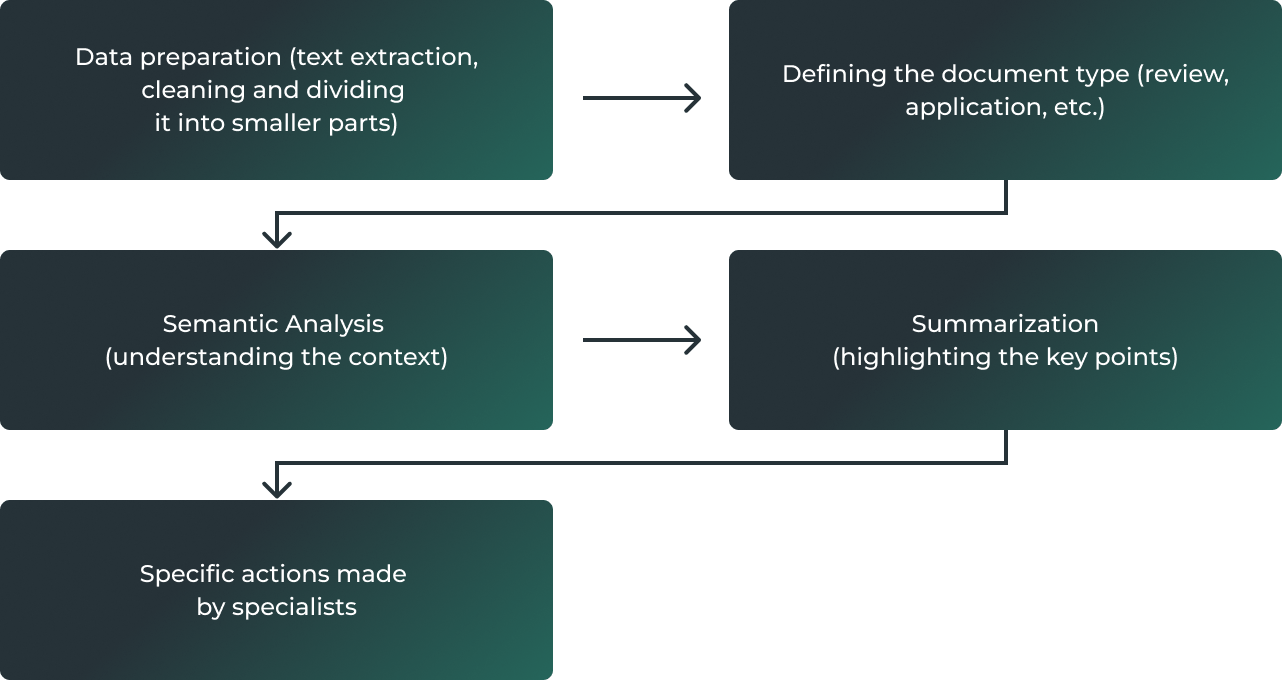
Who Can Benefit from AI Document Processing
Now let’s have a look at the opportunities different industries can get from using an AI-reinforced document processor.
FinTech and Banking
Most of the decisions made in fintech and banking industry are based on thorough document analysis. Dozens of client applications, tax forms and invoices arrive every single day, and the workload becomes enormous.
Advanced AI summarizer can solve the problem by accelerating the document processing and reducing the number of wrong actions and decisions that can be made because of natural human factors.
For instance, JPMorgan announced that the usage of AI tool in document analysis reduced manual labor by up to 360 thousand hours in 2023 and saved the bank about 150 million dollars.
Retail and Procurement
One of the main directions of work in retail and procurement companies is dealing with user feedback, email applications or service requests.
Usage of advanced AI documentary analysis allows not only to get useful insights but also provides intelligent classification (whether it’s a complaint, a thank-you note or support application) which becomes a basis for efficient customer support.
Law and Legal
Dealing with documents is the core of the legal industry. Through thorough contract analysis and review, legal departments identify risks or track possible benefits.
However, the usage of an intelligent AI scanner can accelerate the process, highlighting the key points of the document and helping to achieve a comprehensive overview on the situation.
Marketing
AI document analysis can find its place in marketing as well. Dealing with market research reports, customer behavior overviews and campaign performance analytics can take lots of valuable time.
Fortunately, all the documents can be processed by an AI-powered tool, so long and complicated spreadsheets will turn into short abstracts, which can be used for further work, for example, marketing strategy optimization.
Ecology
A well-trained model can optimize the work connected with analyzing documents regarding environmental issues, such as carbon emissions or waste management reports. The optimization lies in classifying the documents or research paperwork on their topics and identifying crucial patterns.
It can help environmental organizations to quickly react on ecological changes and business to extract key points from official ecological regulations, for example, through AI-powered text comparison which will highlight the edited text parts providing the possibility to quickly track any changes.
Publishing
The main benefit that publishing agencies and individual writers and editors can get from using AI in document analysis is to quickly categorize documents, articles or books by their theme and extract key points from particular works.
It helps to optimize the process of research necessary for writing certain material and allows to identify specific patterns in texts themselves through efficient content analysis. As a result, the speed of writing increases, and material becomes convenient for proofreading and editing.
Summary
As the industry of AI implementation has experienced rapid growth for the past few years and the tendency will continue. The ability to analyze massive document clusters, classify them and get valuable insights becomes a necessity, when companies and specialists have to deal with dozens of textual content pieces every week.
Silk Data already has vast experience in developing AI and NLP solutions, and not a small part of these solutions specialize on document processing and analysis.
By integrating these solutions, businesses can optimize their workflows, reduce workload and get 97-99% accurate results much faster than ever.
Our Solutions
We work in various directions, providing a vast range of IT and AI services. Moreover, working on any task, we’re able to provide you with products of different complexity and elaboration, including proof of concept, minimum viable product, or full product development.




















